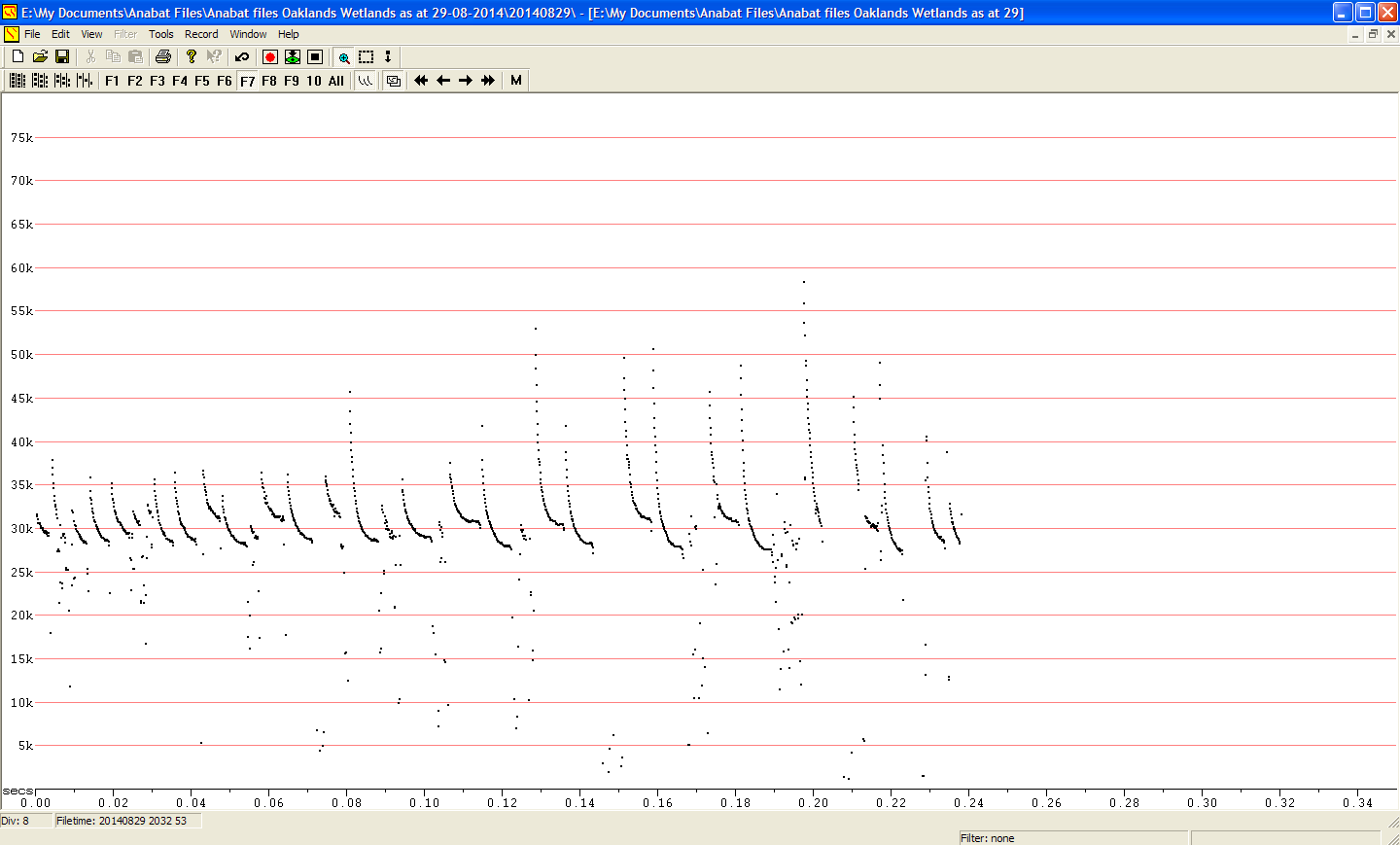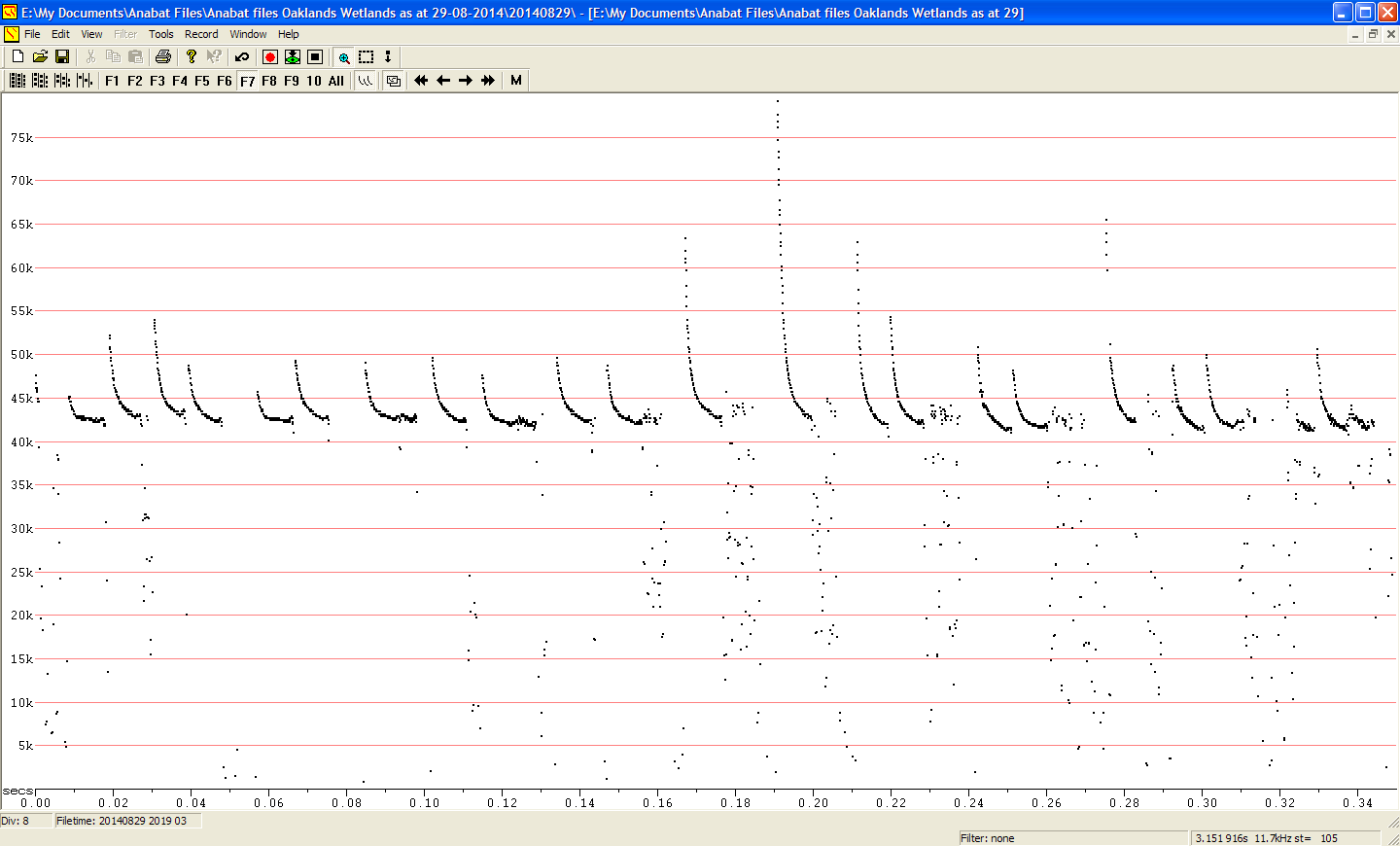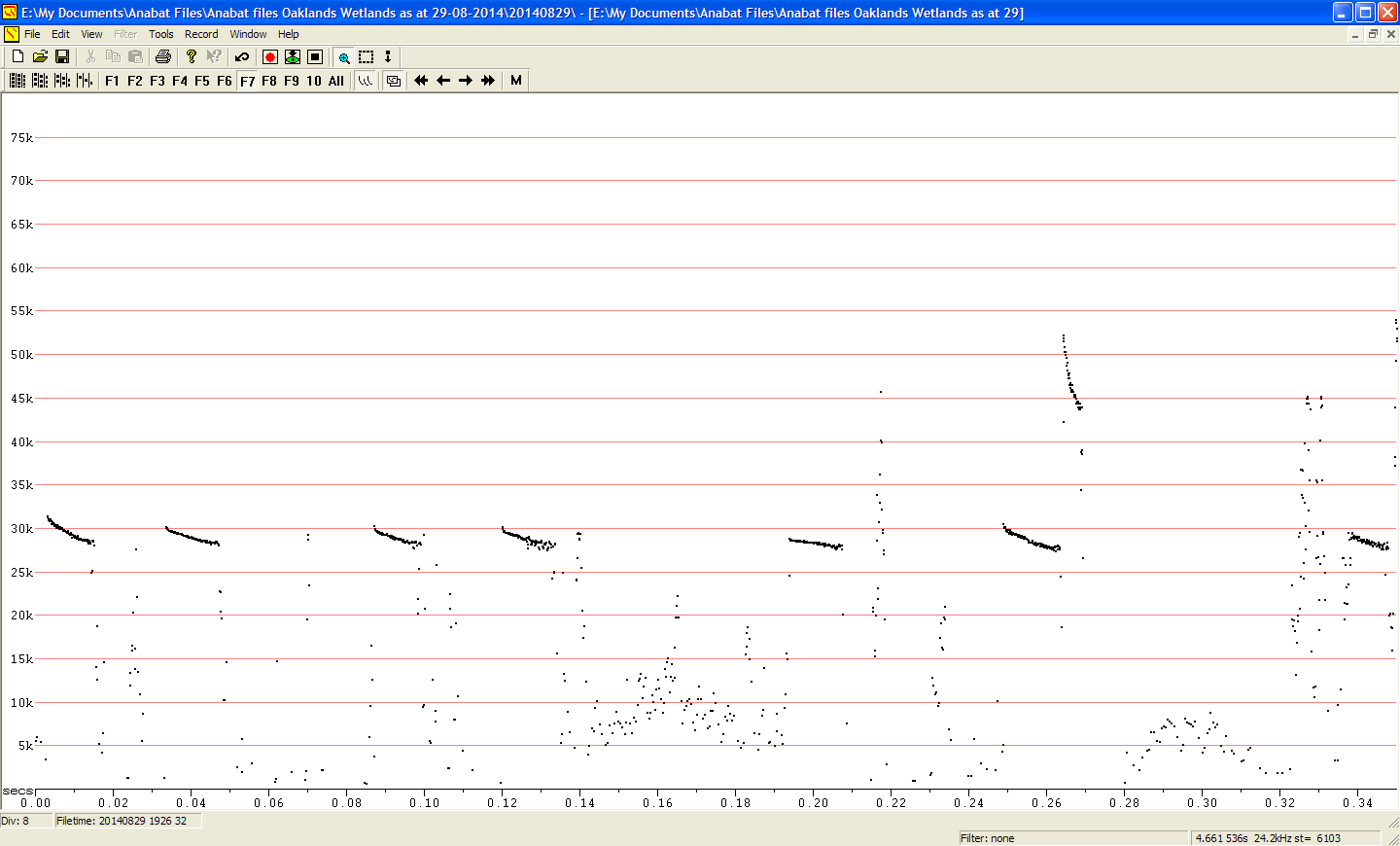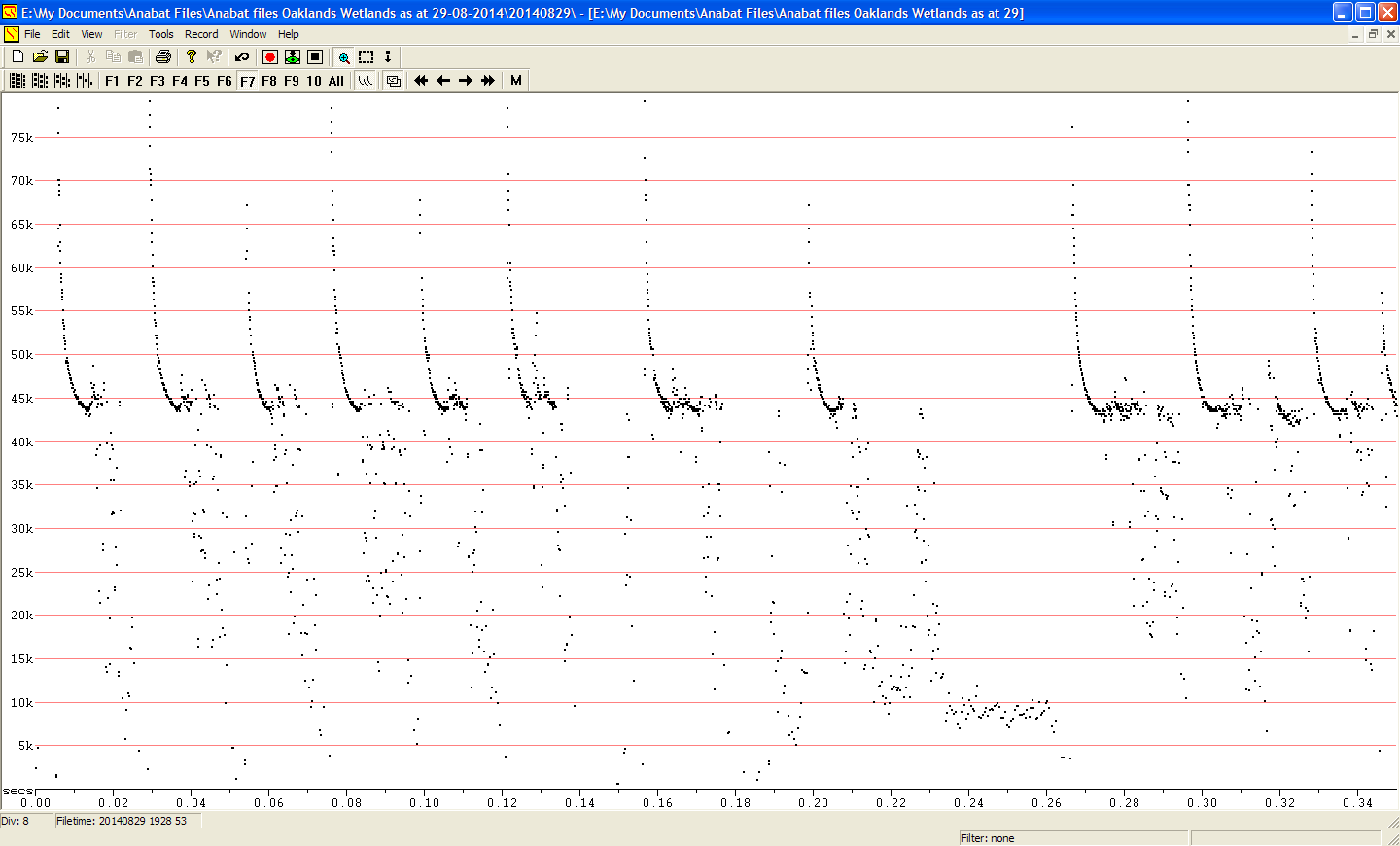Aquifer storage and recovery (ASR): Biodiversity 5: bats
Bats
Many bat species frequent Oaklands Wetland, although you are unlikely to notice most of them. There are two major groups of bats in Australia, megabats and microbats, and they can both be found around the wetlands. Bats are amazing animals and they are fascinating to observe, but it is important not to touch bats because, like most wildlife, they can carry diseases. If you see an injured bat you should phone Fauna Rescue SA’s bat helpline on 0474 204 617.
The megabats
Megabats are large bats that typically eat fruit or feed on nectar and pollen. There are a number of megabat species in Australia, but only one of these is present around Adelaide – the grey-headed flying fox (Pteropus poliocephalus). These bats are often called flying foxes. They form colonies known as camps. There is a camp of grey-headed flying foxes near the entrance to the Adelaide Zoo. Flying foxes fly out from their camps each evening to find food. Bats from the camp near the zoo have been seen flying over Oaklands Wetlands. These bats are easy to see; they are Australia’s biggest bats with a wingspan of up to 150 cm.
The microbats
Microbats are small bats that typically eat insects – they are important controllers of insect populations, including mosquitos. There are around 10 species of microbats that live around the Adelaide area, and many of these species are likely to visit or roost at Oaklands Wetland. While they are present, microbats are difficult to detect because many of these nocturnal animals are dark in colour and agile in flight. Further, microbats can be less than 5 cm from nose to tail and readily mistaken for moths. Microbats are also difficult to detect because they use echolocation to find food, and their echolocation calls are largely inaudible to humans. Specialised traps or audio recording equipment must therefore be used to determine if these bats are present. If audio recordings are used, specialised software is used to analyse the high-frequency calls to determine which species are present. During two BioBlitz events at Oaklands Wetland, the following microbats were recorded:
- White-Striped Freetail-Bat(Austronomus australis)
- Southern Free-Tailed Bat (Ozimops planiceps)
- Gould's Wattled Bat (Chalinolobus gouldii)
- Large Forest Bat (Vespadelus darlingtoni)
- Southern Forest Bat (Vespadelus regulus)
Below are images of the ‘sonograms’ that are produced by bat detection equipment to help determine which species are present. The call ‘pattern’ is displayed visually so that it can be analysed and compared to other calls. These sonograms were recorded at Oaklands Wetland.
Southern Free-Tailed Bat sonogram



